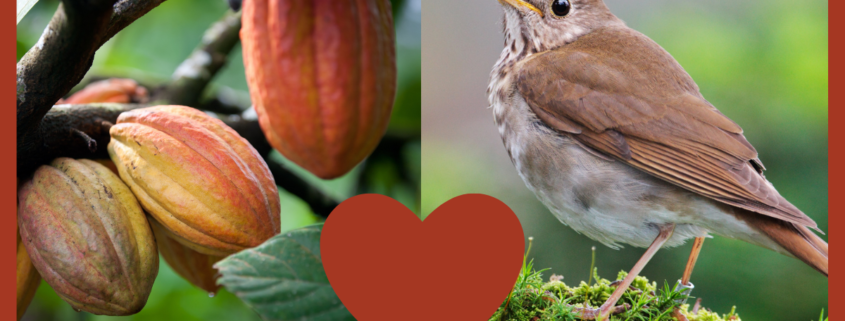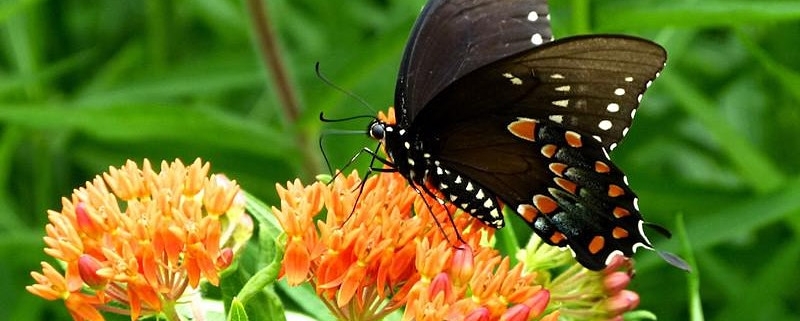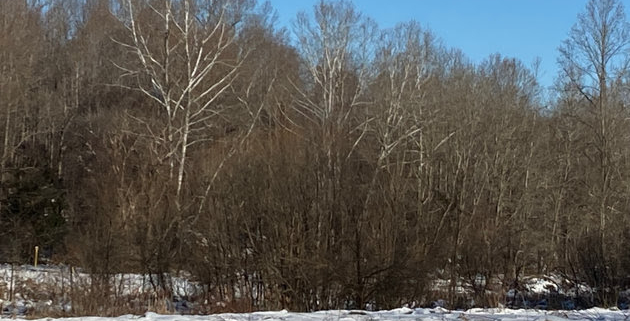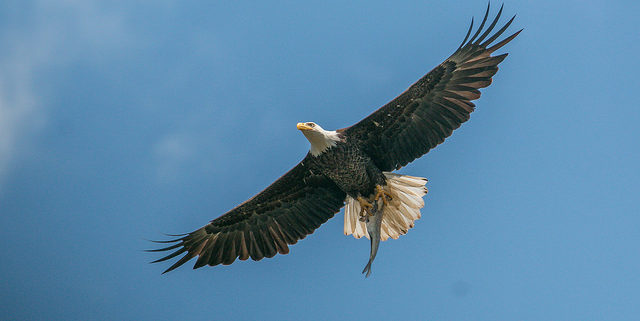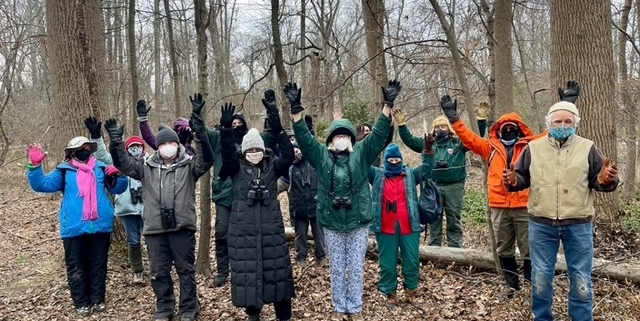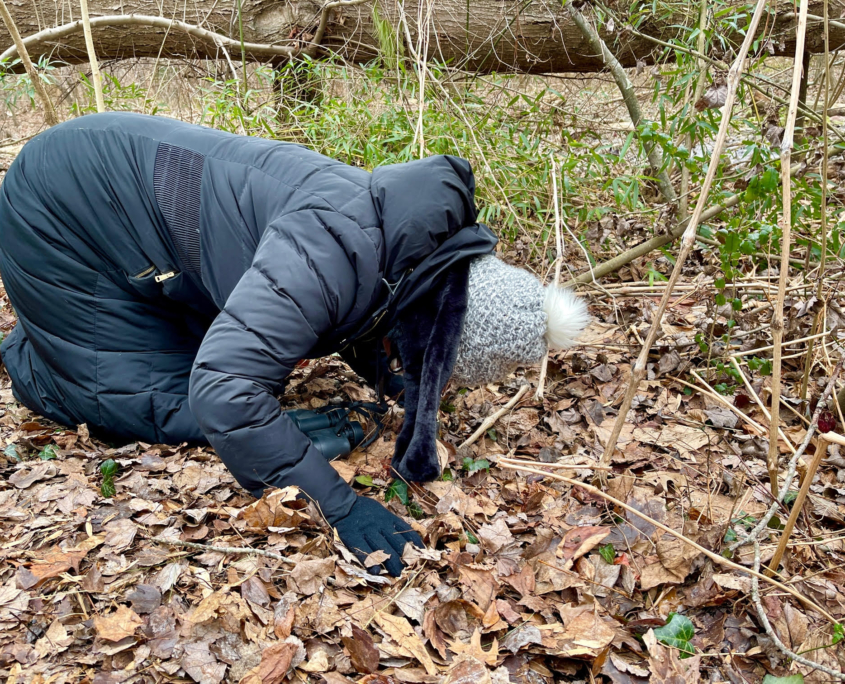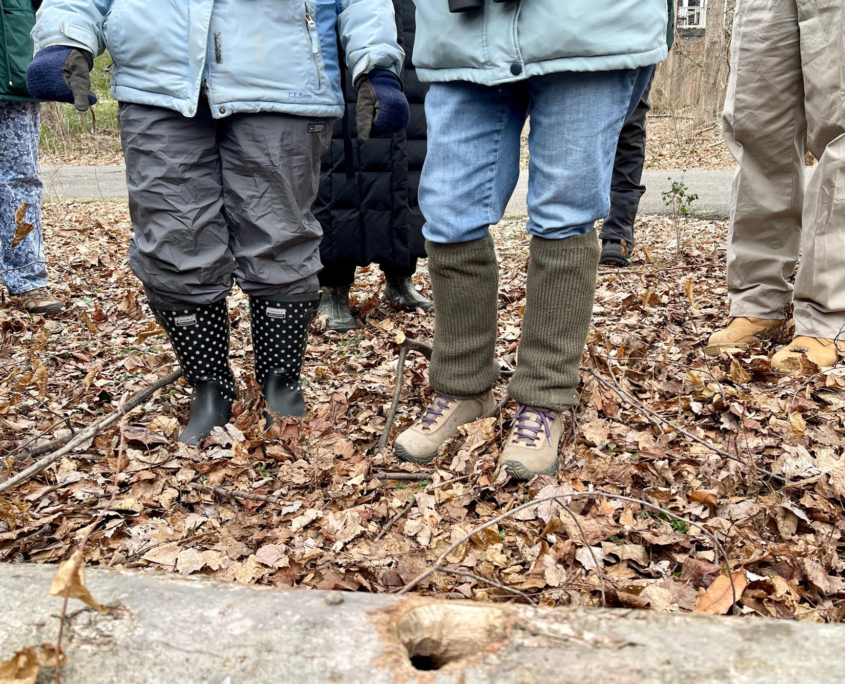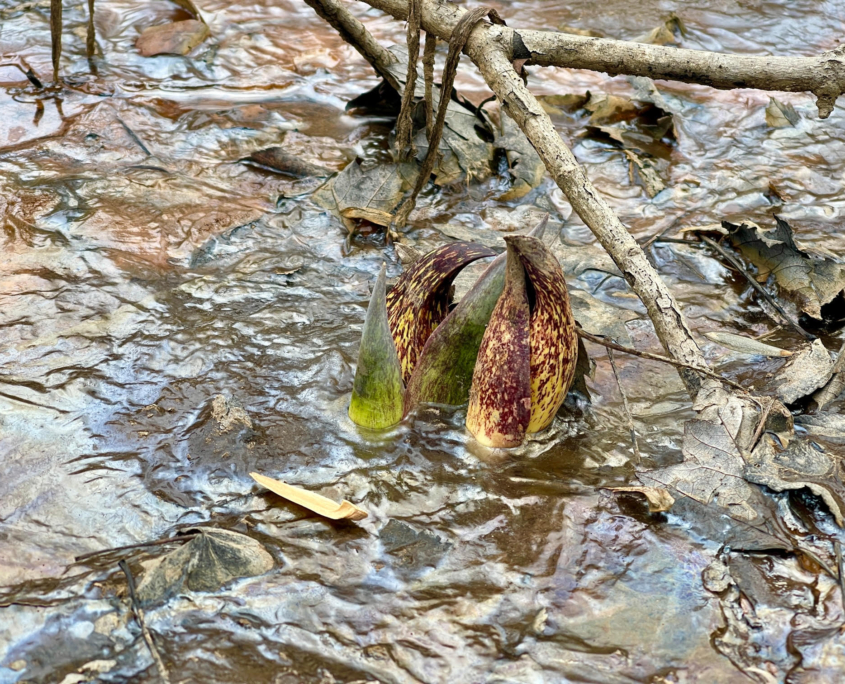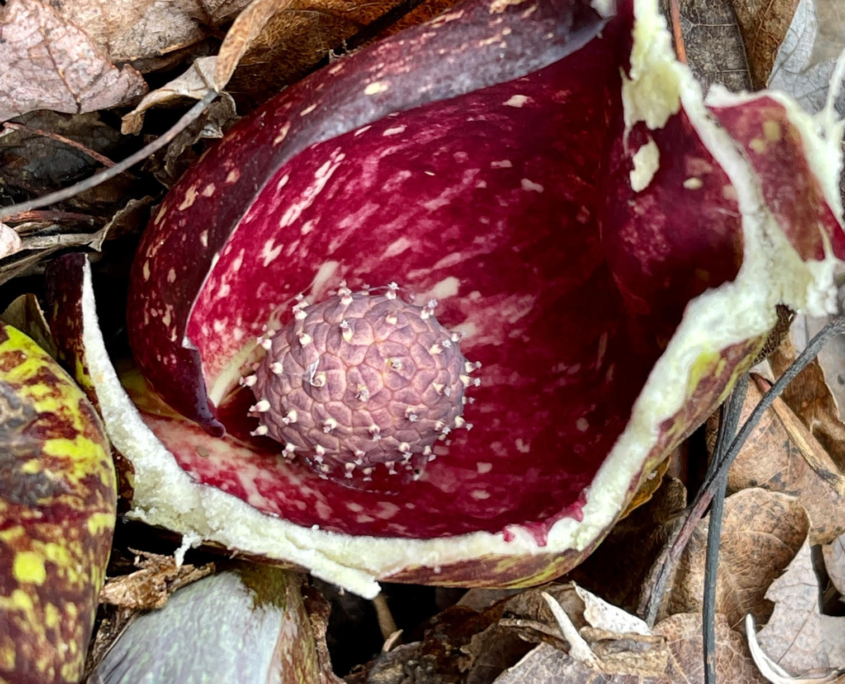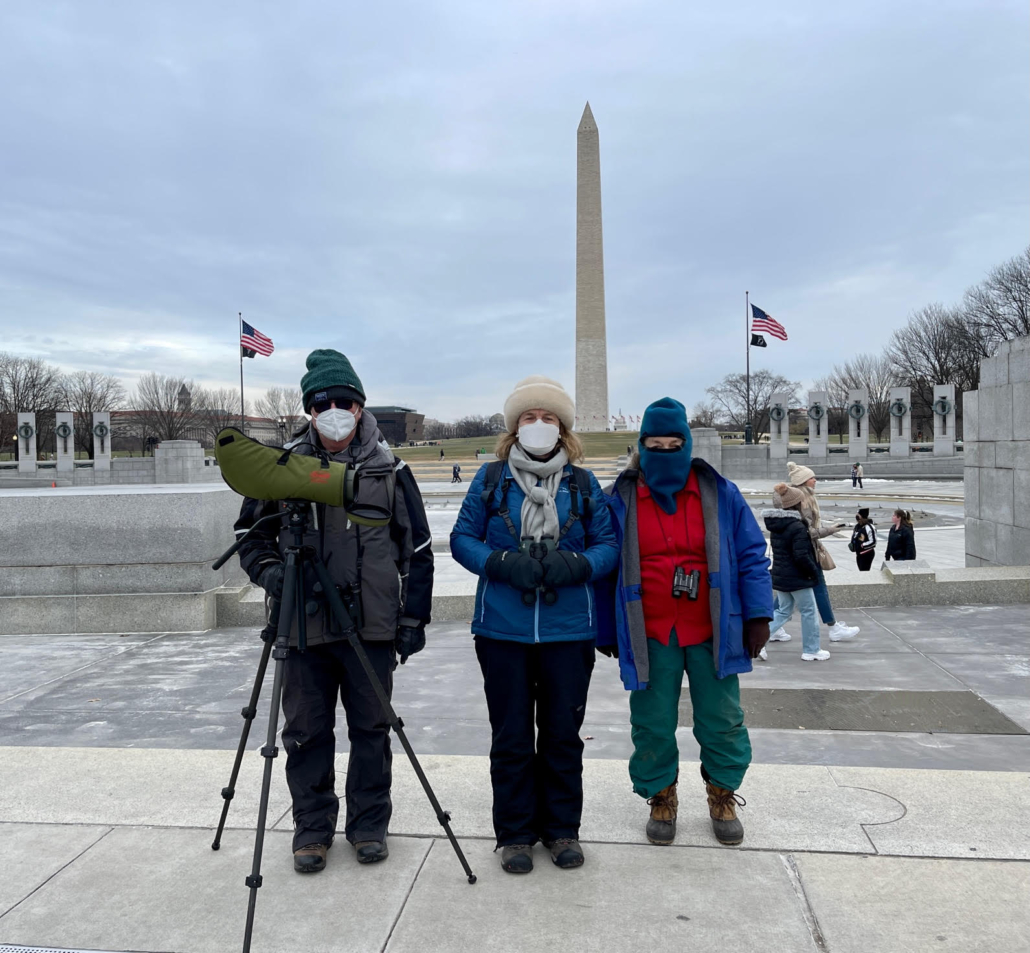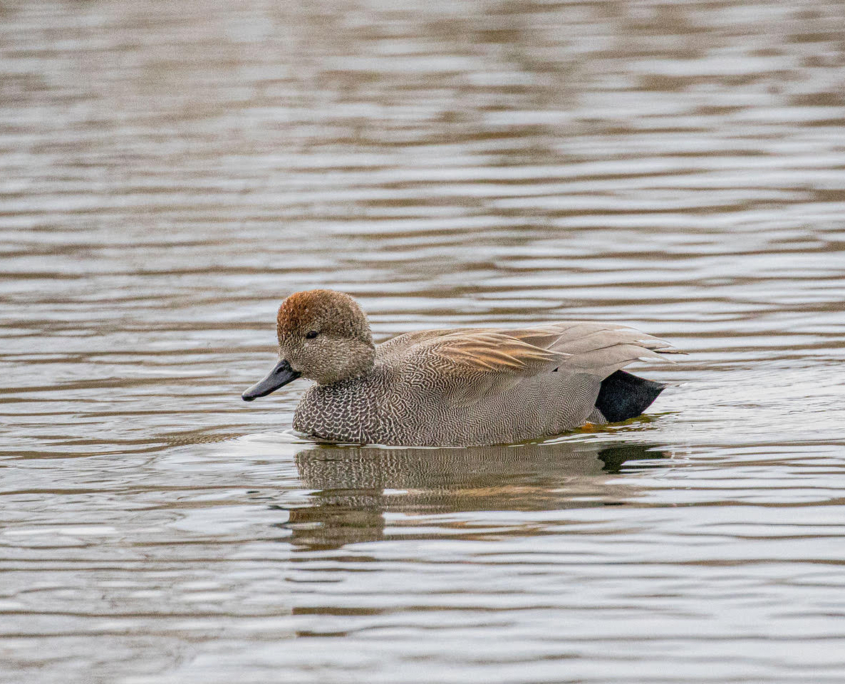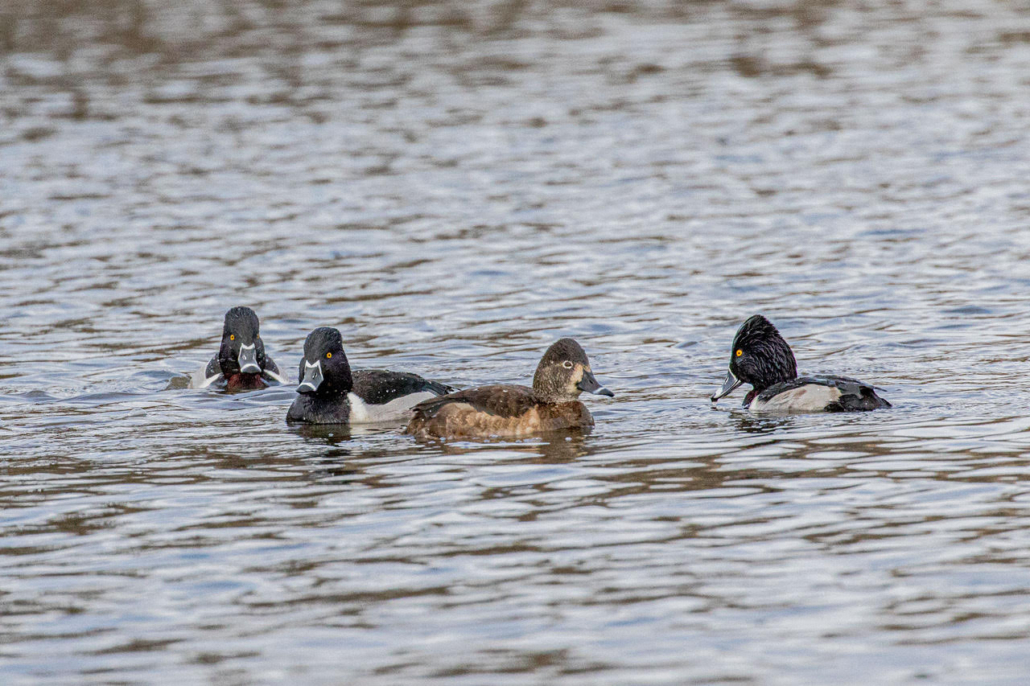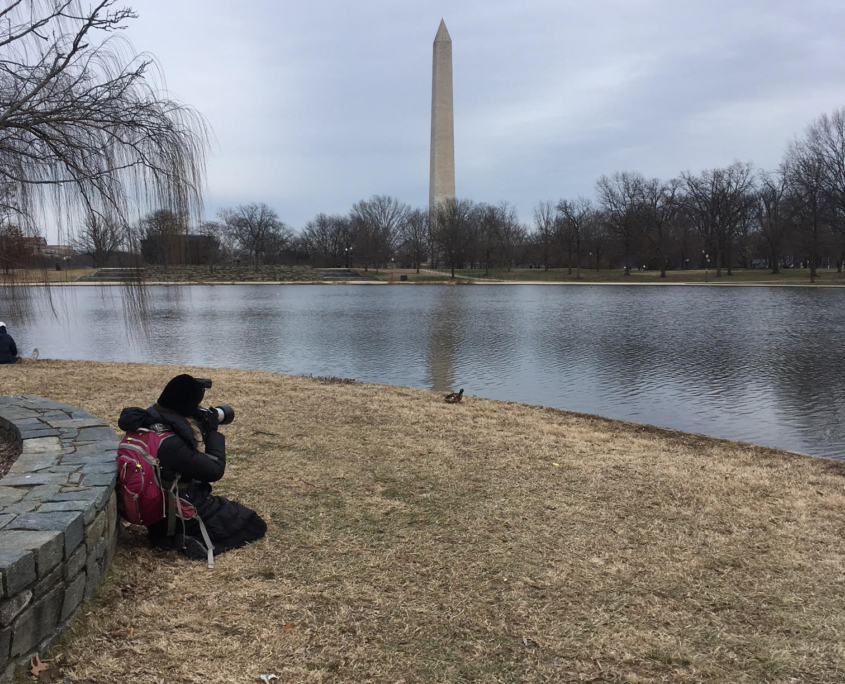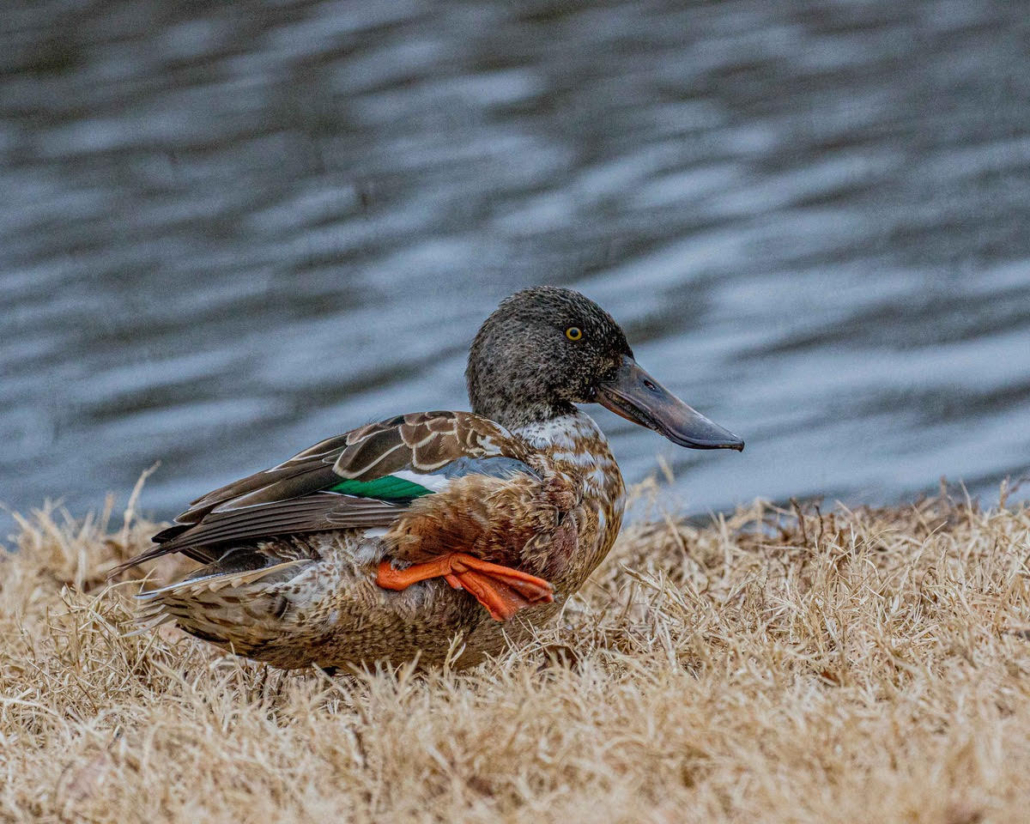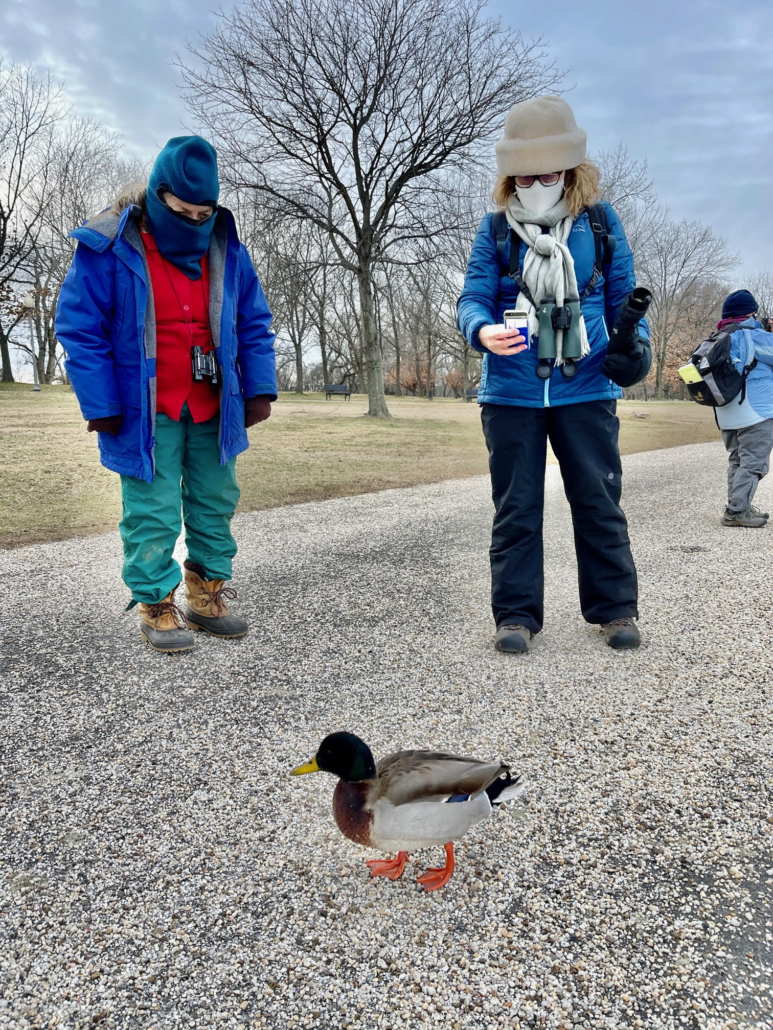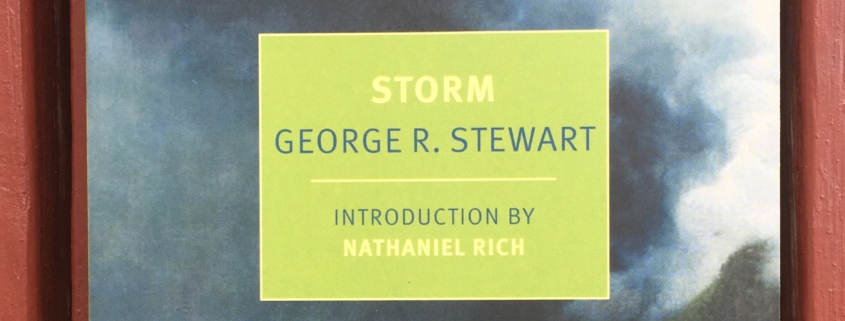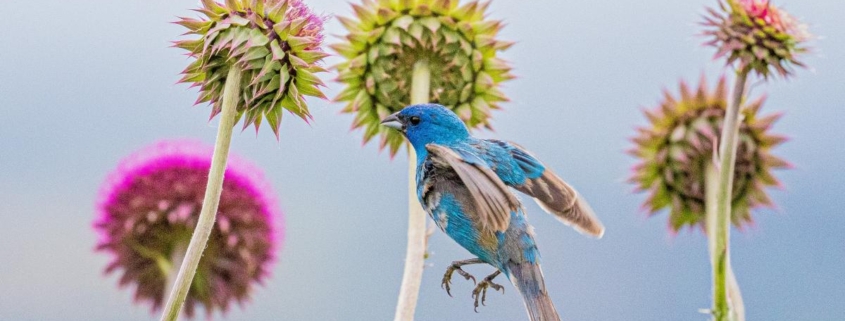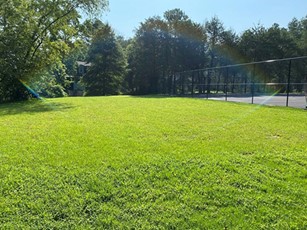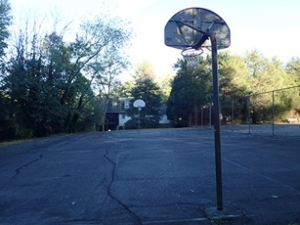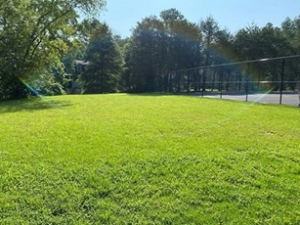Virginia Master Naturalists receive award for expanding diversity
Photo by Rich Brager
By David Fleming 21 JAN 2022
A team of Virginia Master Naturalists committed to diversity and inclusion has spent much of the year focused on finding ways to increase participation and encourage engagement between conservation volunteers and communities in the commonwealth.
For their efforts in addressing these challenges of conservation work, the program’s Diversity and Inclusion Working Group was recently awarded the Outstanding Team Award from the Alliance of Natural Resource Outreach and Service Programs.
“Our diversity and inclusion group was formed in early 2021, with the particular intention of having a team of people who reflect the diversity of the populations we want to reach with our program,” said Michelle Prysby, a Virginia Cooperative Extension faculty member in the College of Natural Resources and Environment and the director of the Virginia Master Naturalist program. “Our goal has been to meet to talk about what some of the barriers are for participation in these programs and what potential actions could be taken to help reduce those barriers.”
The group, composed of master naturalists from numerous chapters of the organization, was tasked with developing a list of action items that would serve to increase diversity and inclusion across all of the organization’s programs.
“There is a lot of interest and enthusiasm among Virginia Master Naturalists to engage with communities,” said Alexis Dickerson, a member of the working group awarded the prize. “But people who aren’t naturally engaged in other communities have a hesitation about how to approach that work.”
Dickerson, a member of the Arlington Regional Chapter of the Virginia Master Naturalist program and an urban outreach educator for the Chesapeake Bay Foundation, notes that the Virginia Master Naturalist program is a useful conduit to connect citizens and community groups with relevant information about natural resources.
“Many of the environmental issues we talk about or educate on are relevant to a lot of very different and diverse communities,” Dickerson explained. “Our ability to identify where those places are, and to work to be a better resource for the people who are already starting to do conservation work, or who have concerns about their natural resources, can significantly increase our service to the state of Virginia.”
The working group, which worked collaboratively during twice-monthly Zoom meetings, recently presented a webinar for all Virginia Master Naturalist volunteers. The group outlined their goals, provided actionable steps for regional chapters, and explained how increasing diversity among participants can contribute positively to the broader outreach aims of the organization.
Prysby said that while these initial steps are positive, the task of expanding access to and participating with the Virginia Master Naturalist program is a long-term challenge.
“The challenge of diversity is always a concern for people working in natural resource education,” said Prysby, who works in the Department of Forest Resources and Environmental Conservation. “If our end goal is conservation of natural resources, that isn’t something that just happens. It requires people and communities, and for us to be effective, we need to involve all people and all communities.”
To learn more about how the Virginia Master Naturalist program fosters citizen science in the commonwealth, consider joining CNRE’s Third Thursday Lunch & Learn Webinar on Feb. 17 from 12 to 1:15 p.m.
This article is reprinted with permission from Krista Timney, Ph.D., Director of Communications, College of Natural Resources and Environmen, Virginia Polytechnic Institute and State University. The article appeared in the Virginia Tech News daily email.




